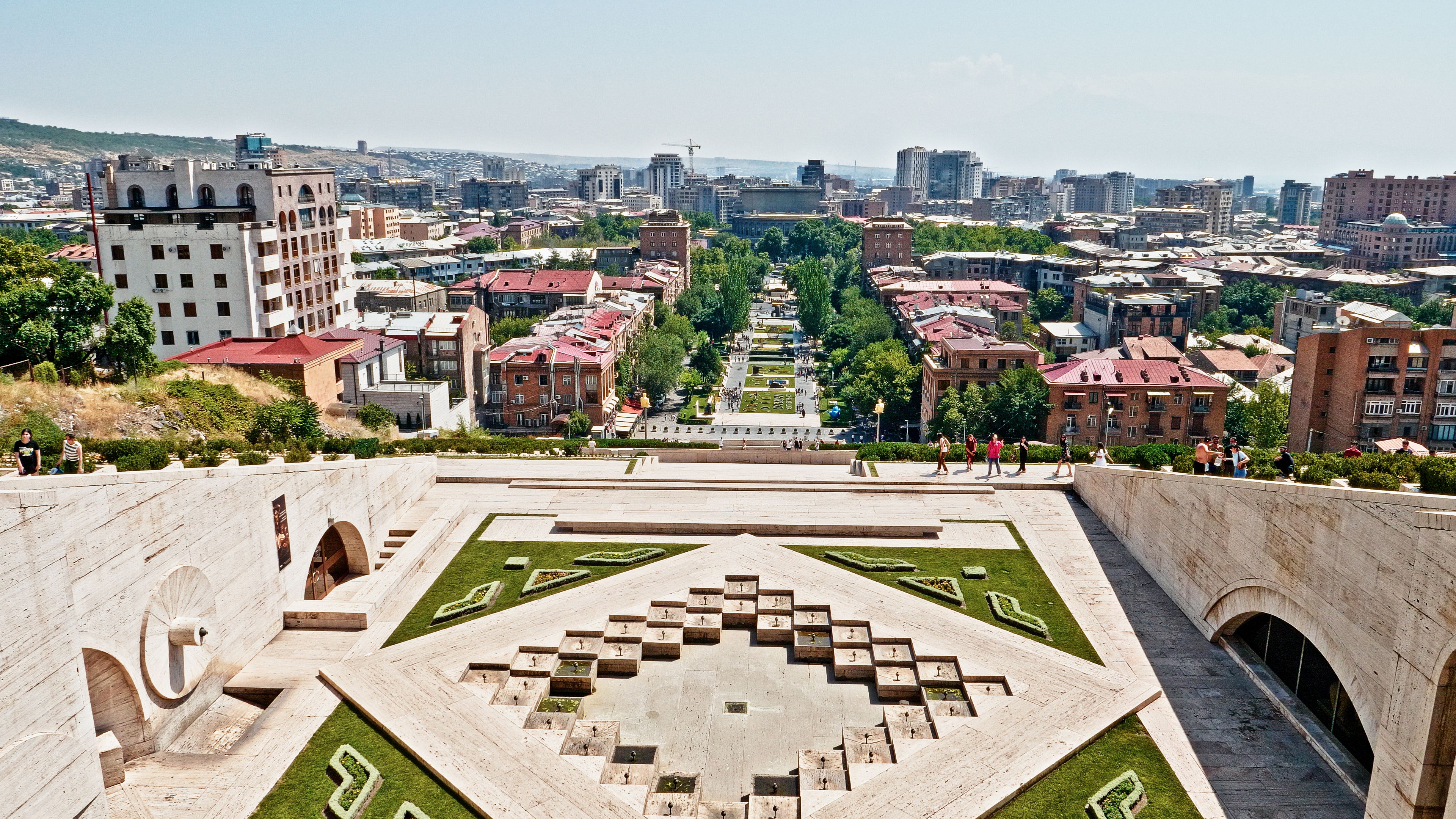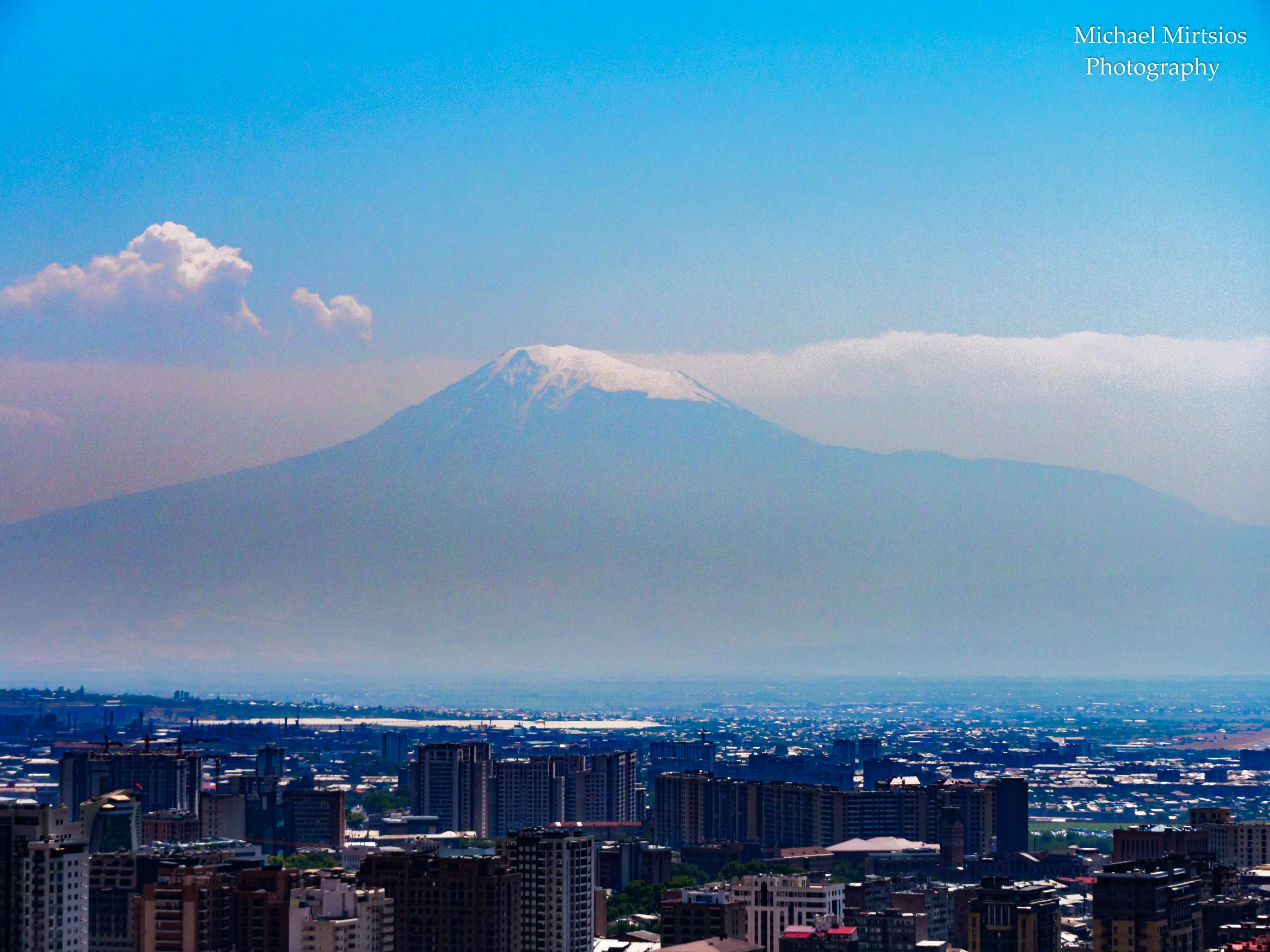Yerevan's Cascade Complex
Yerevan's Cascade Complex is not just a staircase, but a sprawling open-air museum.
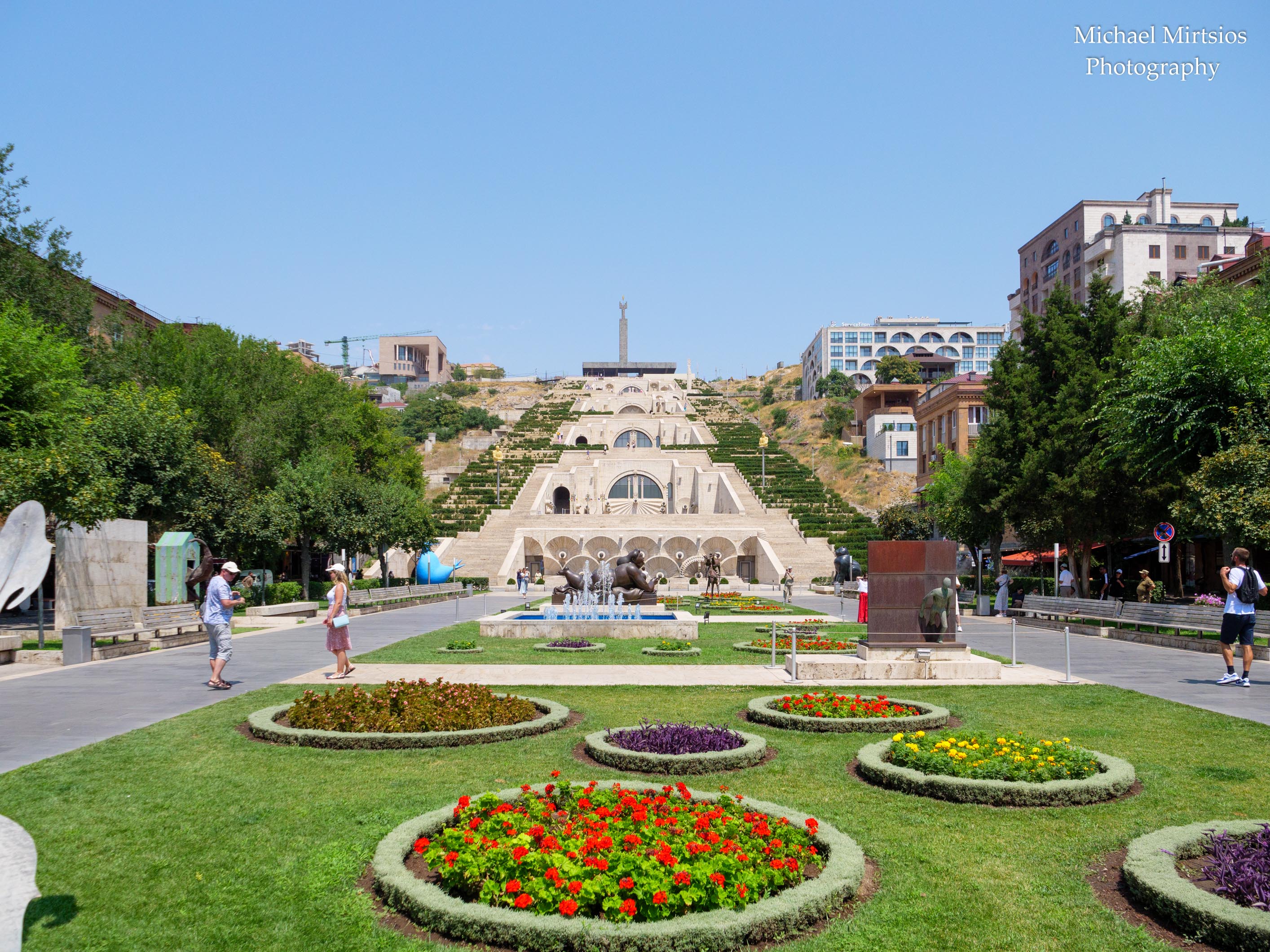
At its base, the Cafesjian Sculpture Garden is a tranquil oasis filled with modern art. In front of the Cascade complex is a statue of Alexander Tamanian, the architect who created the master plan for Yerevan in 1924. Unveiled in 1974, the statue depicts him leaning over a table, symbolizing the fusion of traditional and modern Armenian architecture.
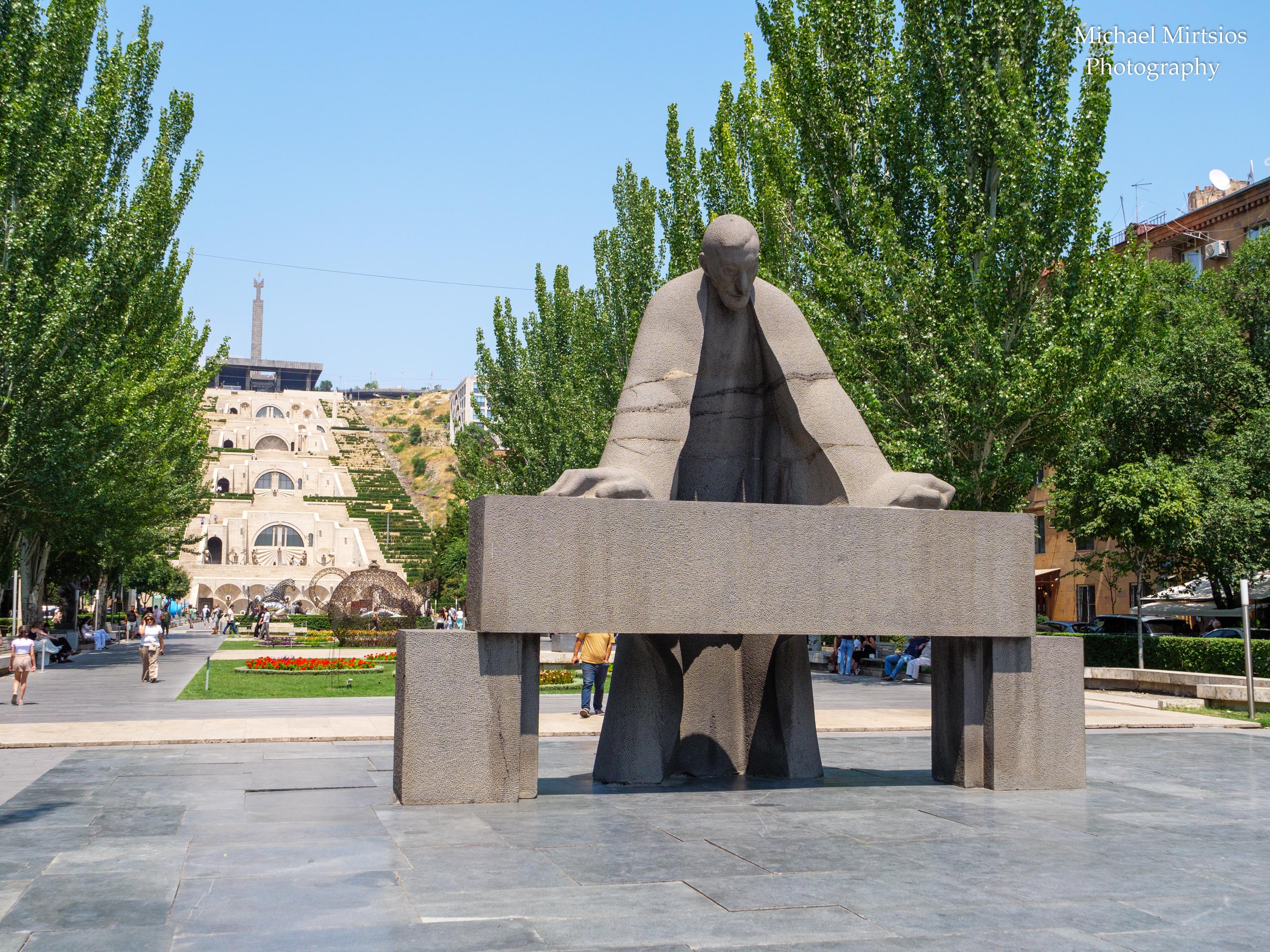
As you stroll through the park, you’ll encounter whimsical and thought-provoking sculptures by renowned international artists like Fernando Botero, famous for his oversized works such as "The Cat" and "Roman Warrior."

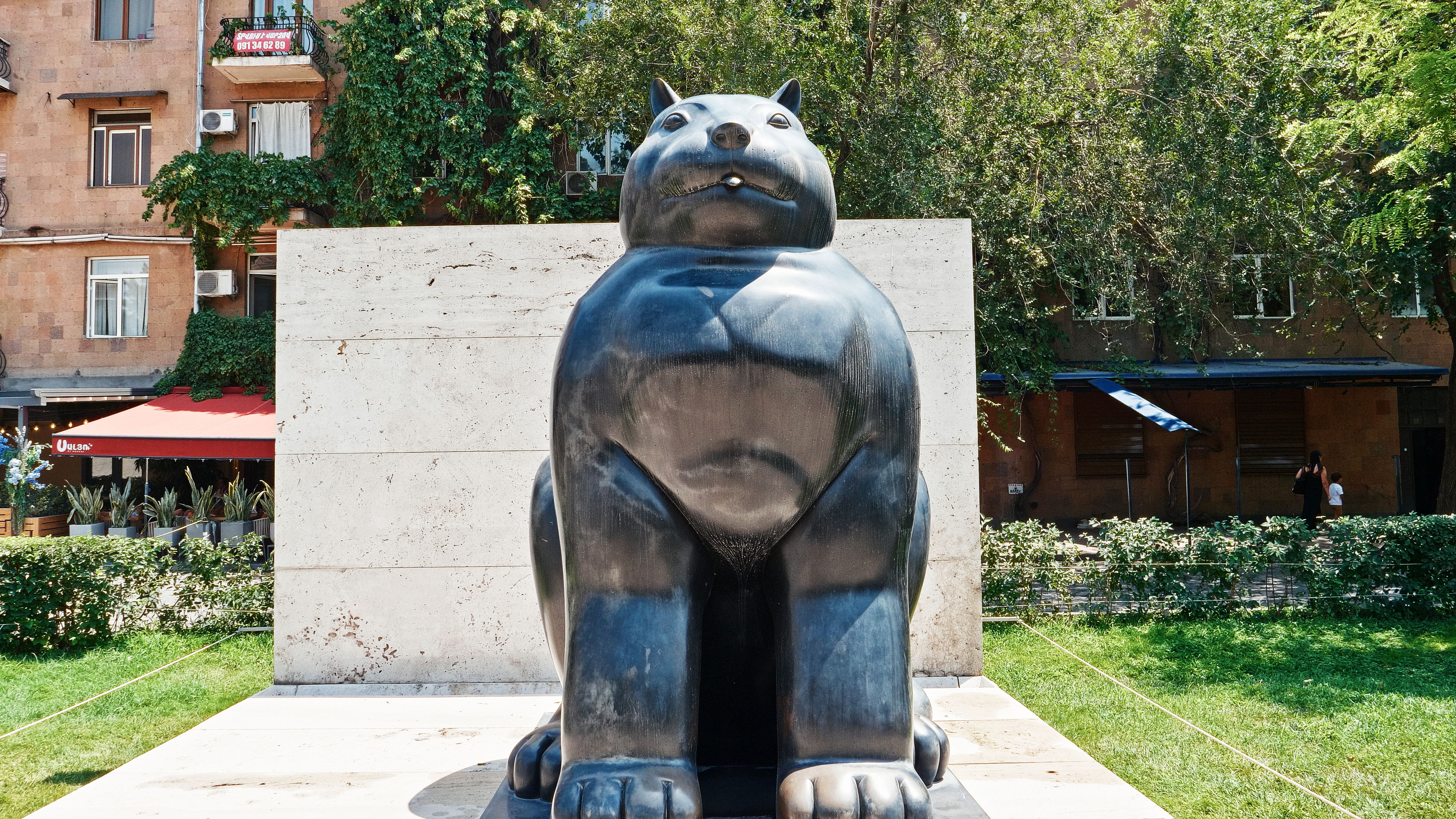
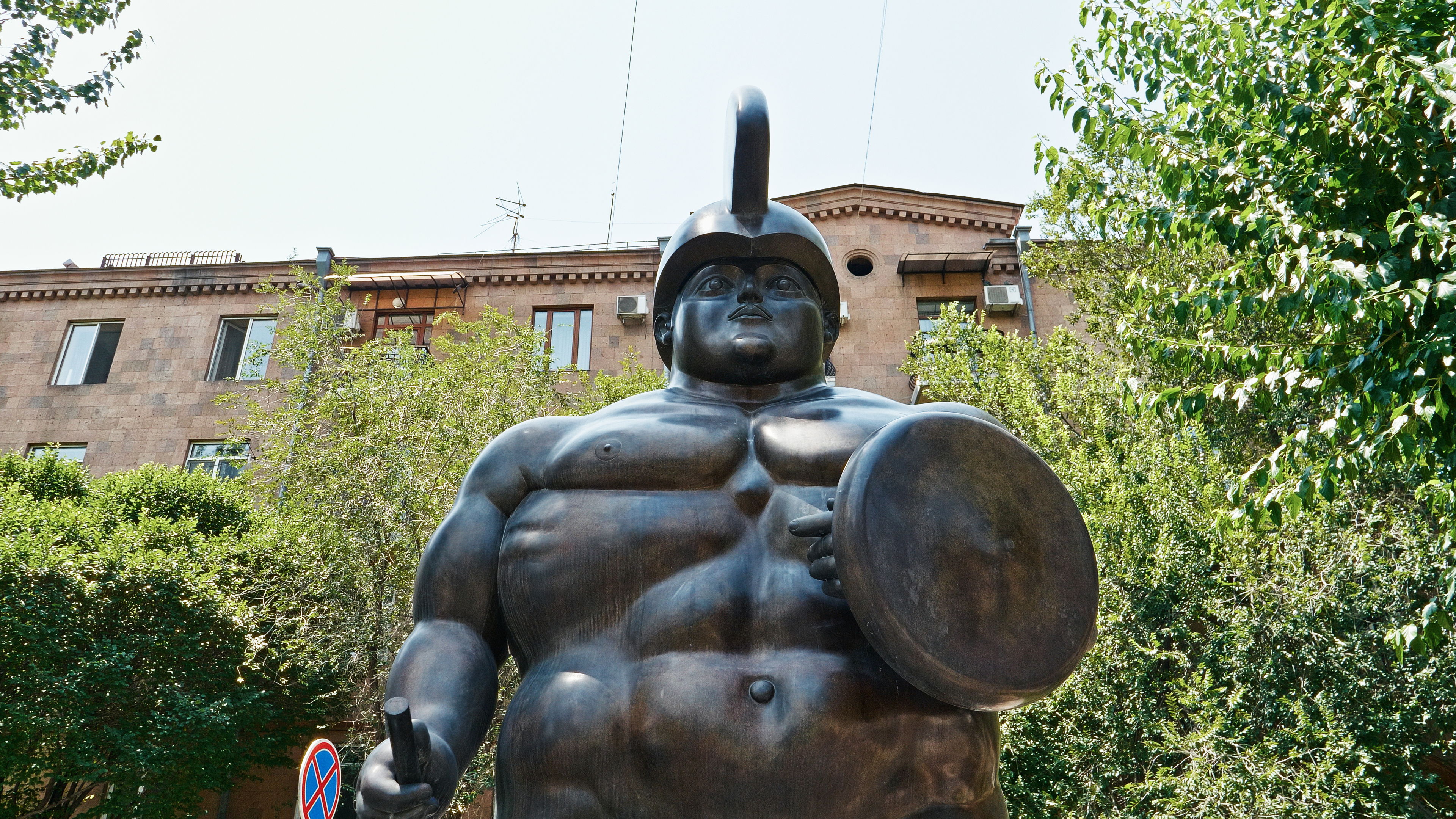
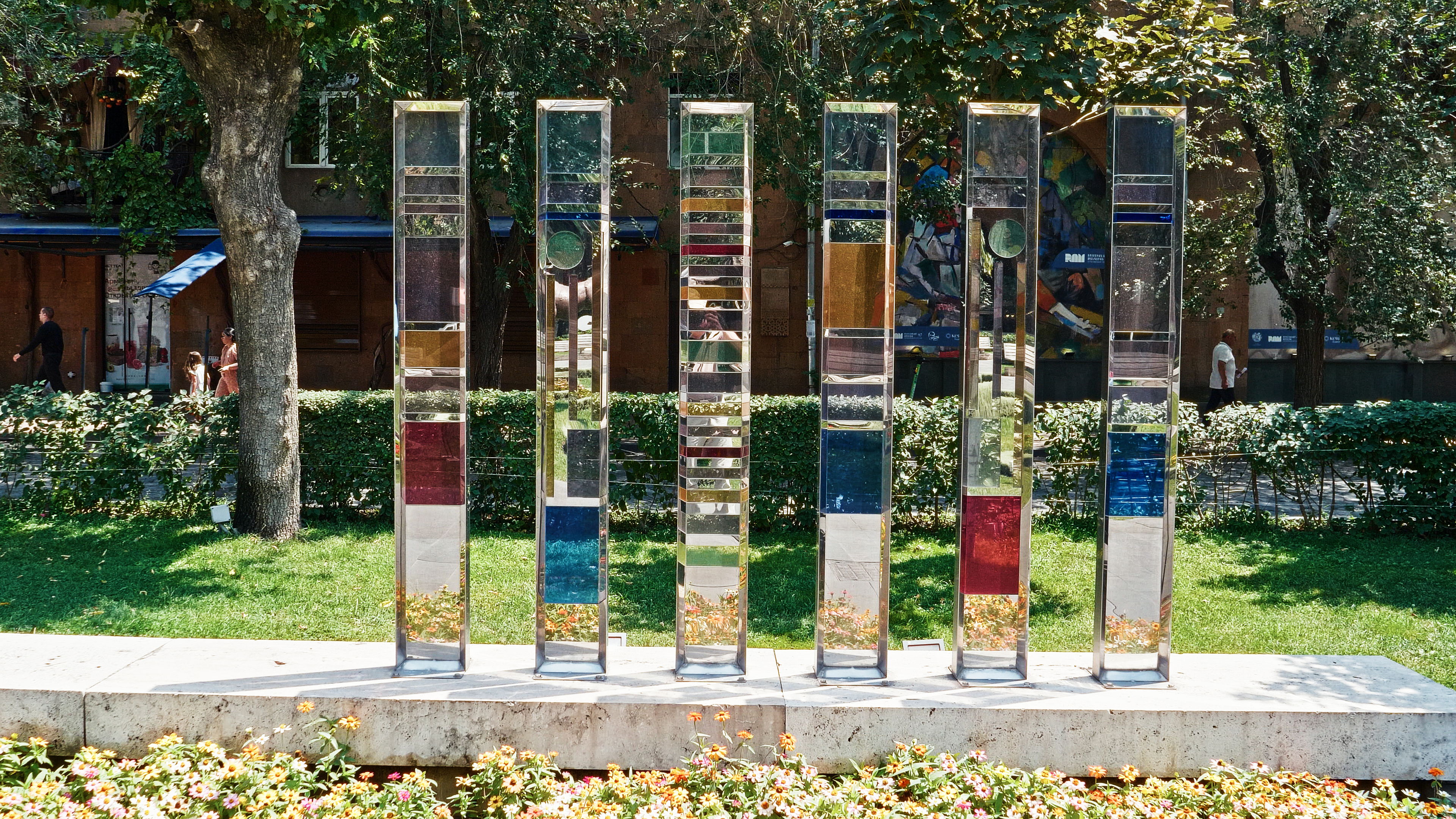
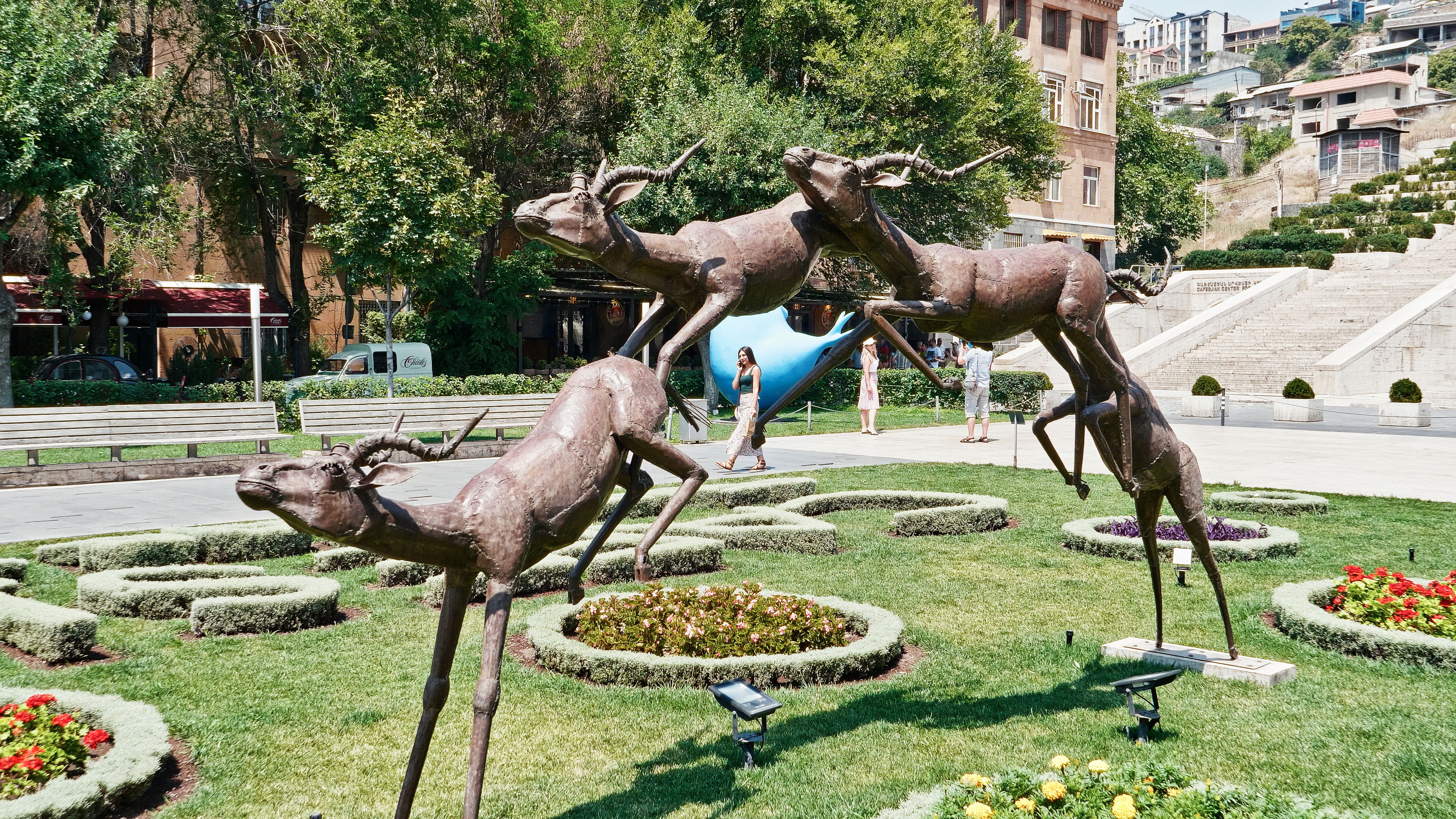
Fountains cascade down each level, with the sound of flowing water providing a constant, soothing soundtrack. Each tier of the monument showcases unique, intricate carvings and bas-reliefs, celebrating Armenian culture with symbols like pomegranates and grapes.
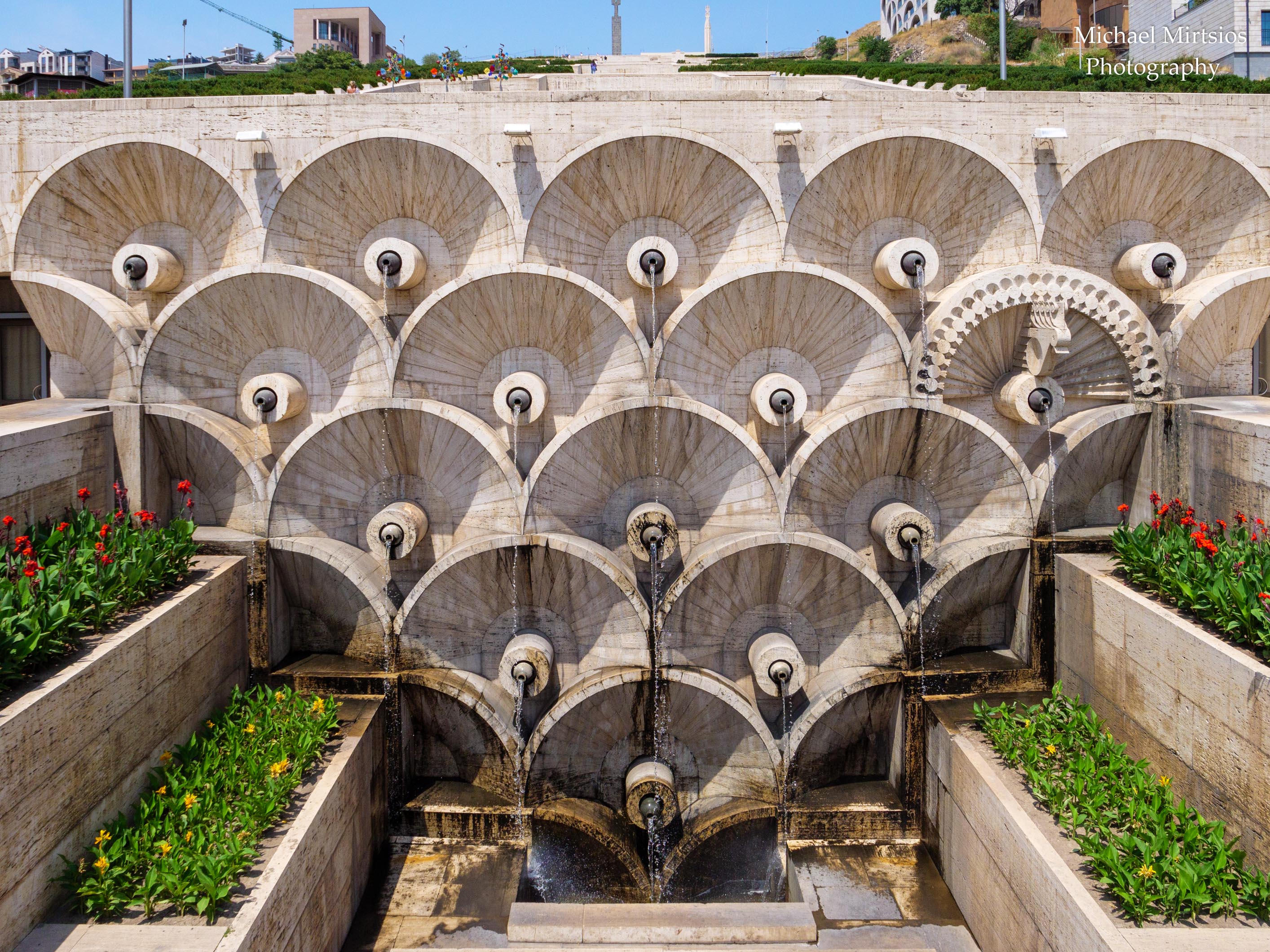

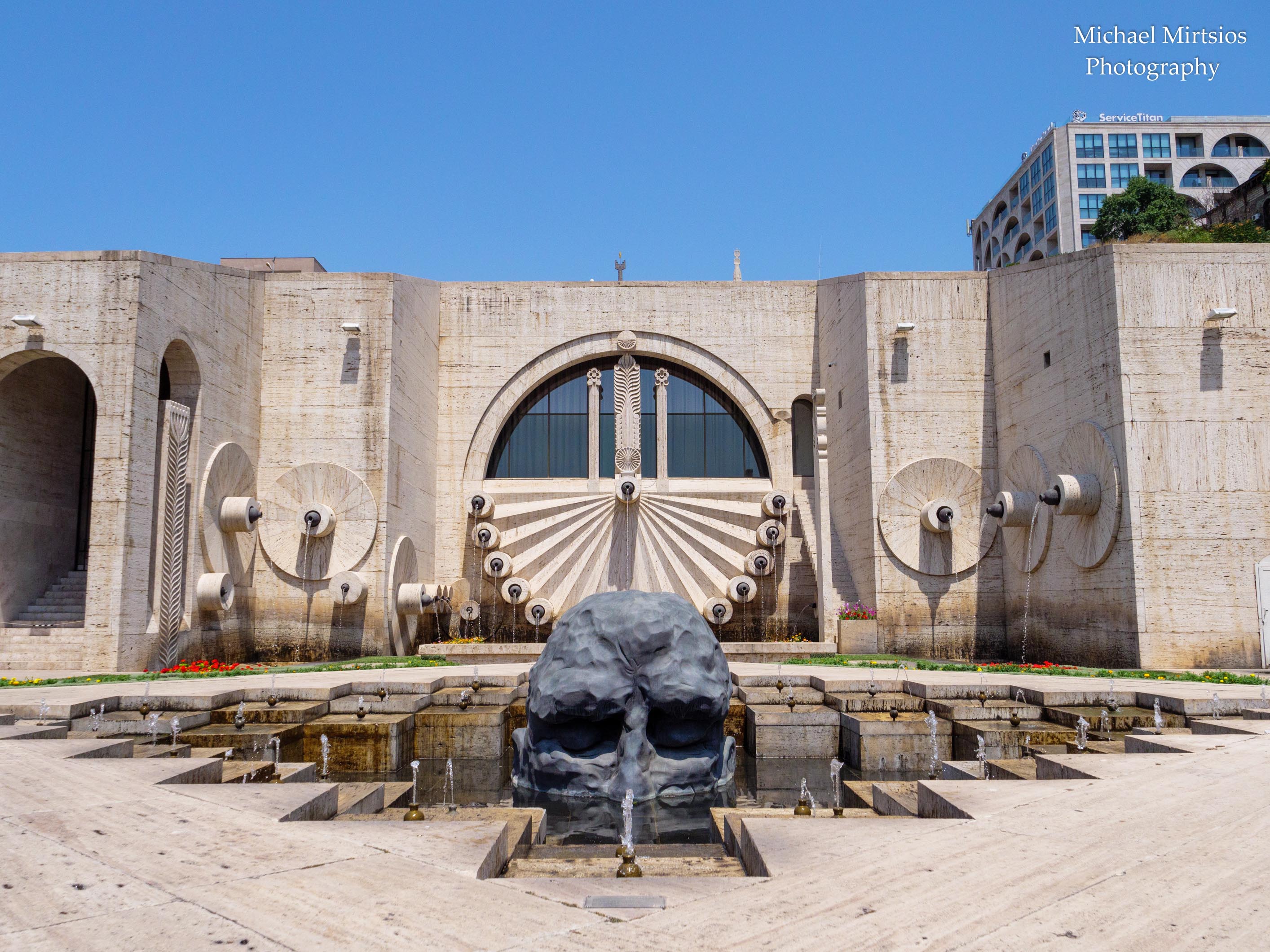
Inside the Cascade, a series of escalators leads to different galleries of the Cafesjian Center for the Arts, housing an impressive collection of contemporary works.
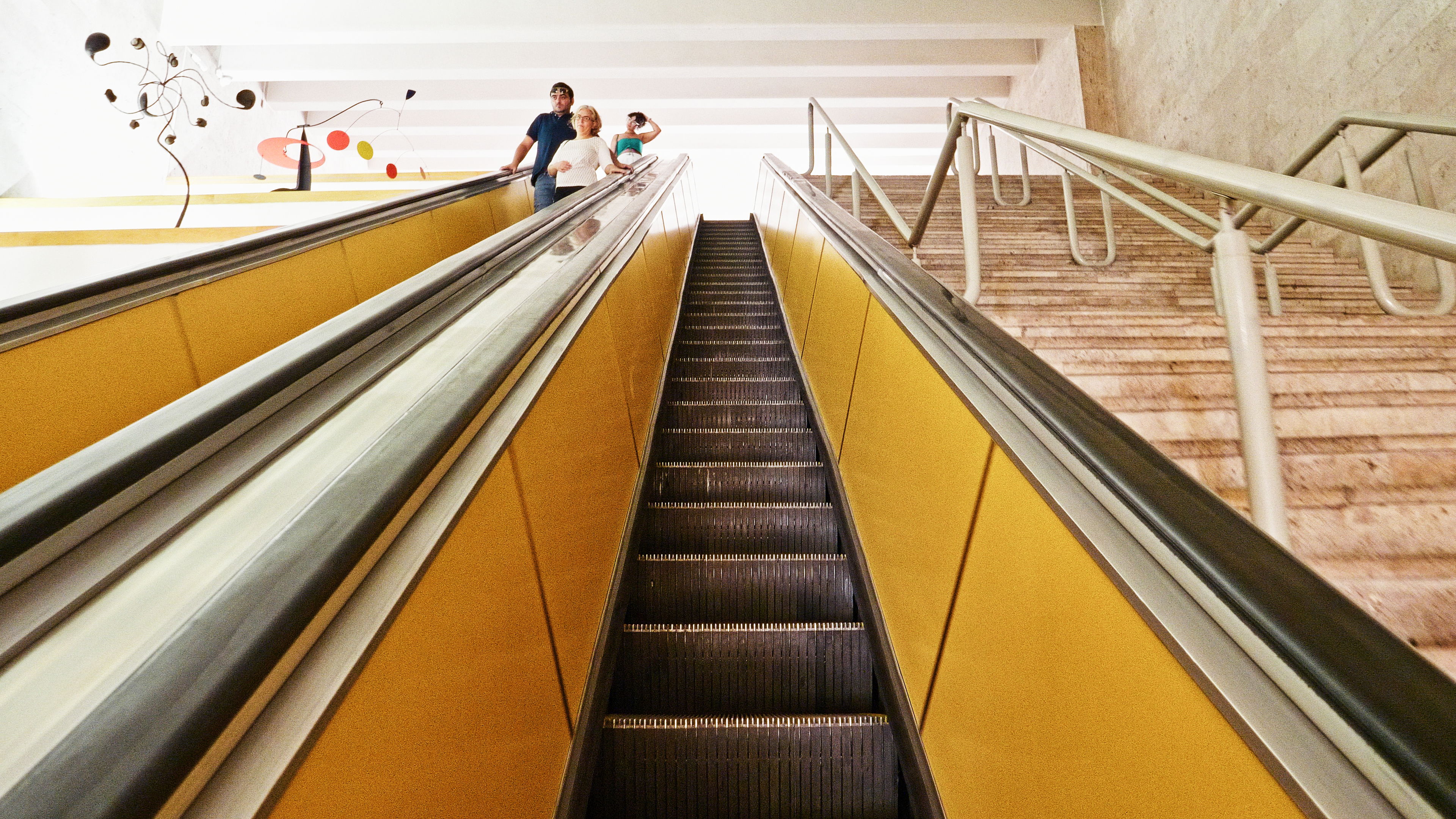
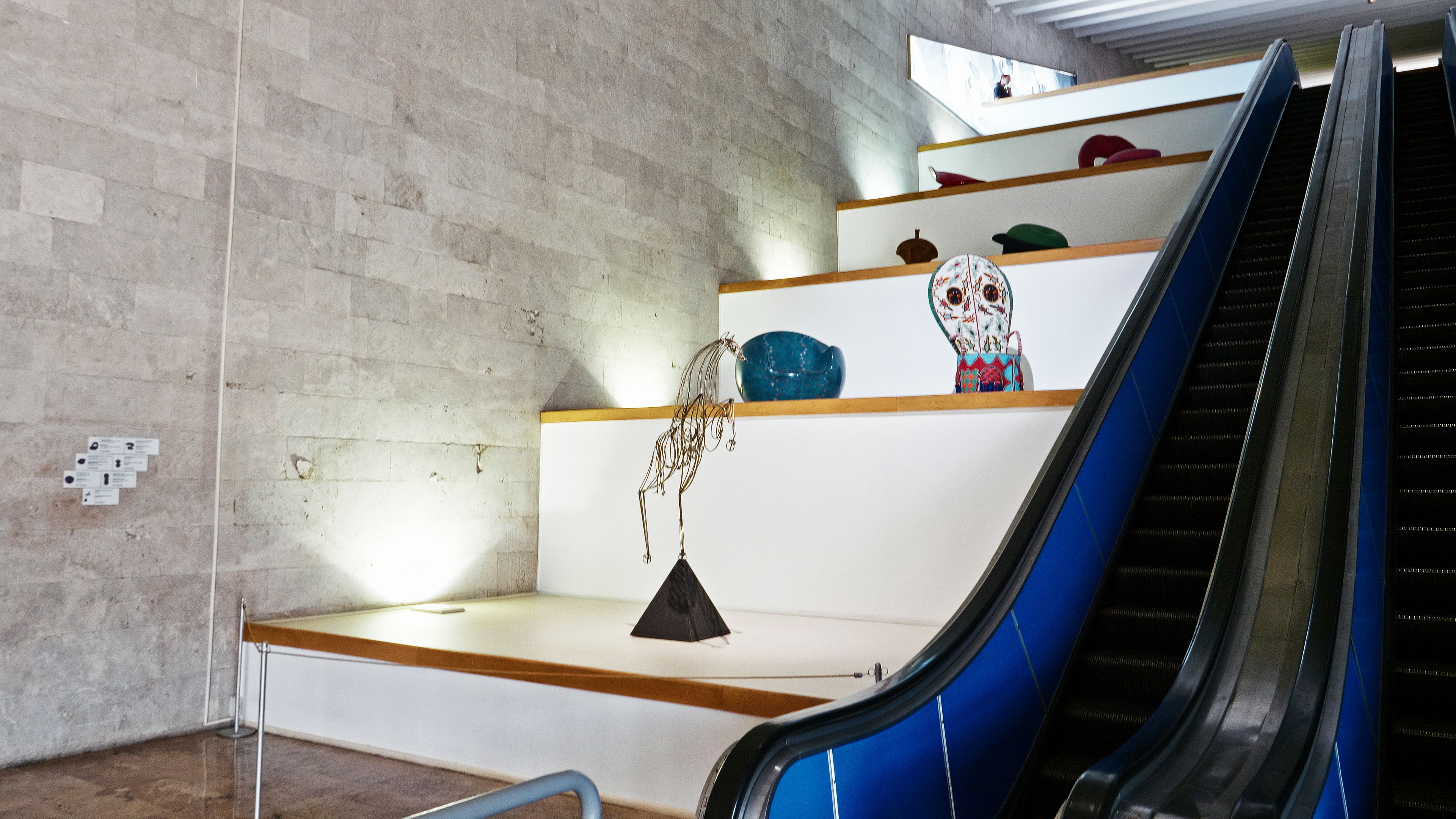
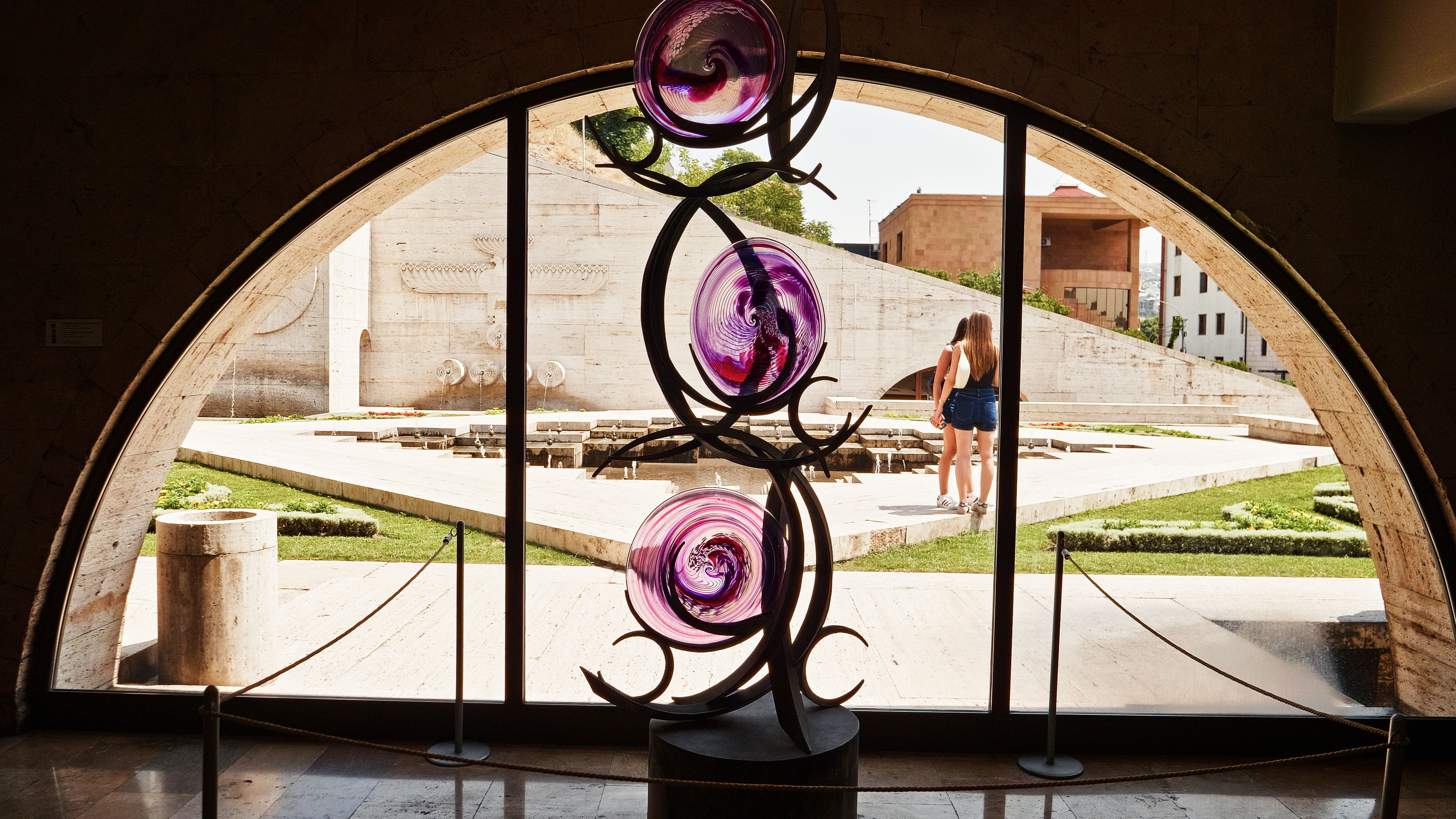
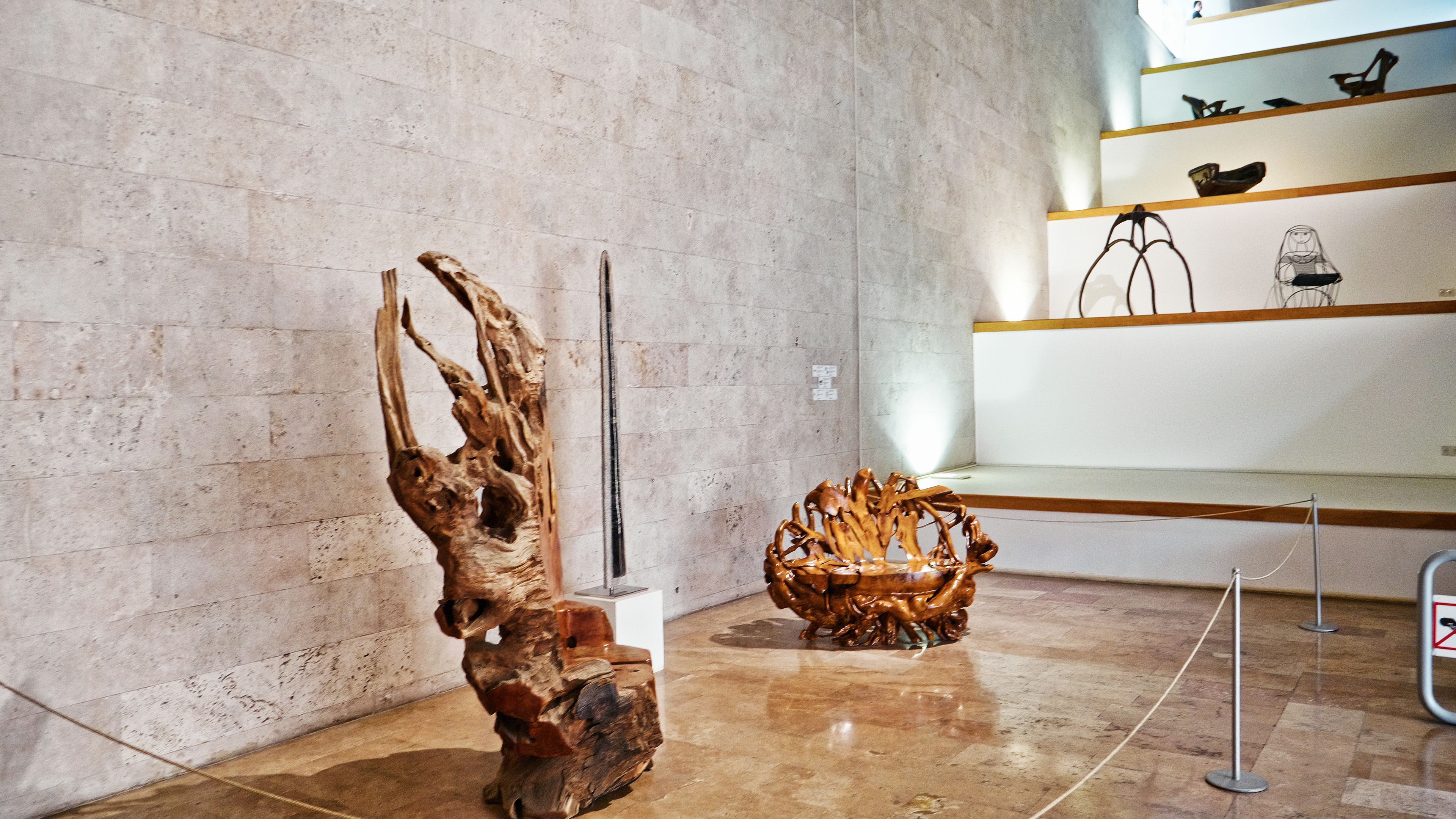
However, the monument's true peak remains a stark reminder of history; the unfinished concrete skeleton at the very top stands as a symbol of the interrupted Soviet-era construction.

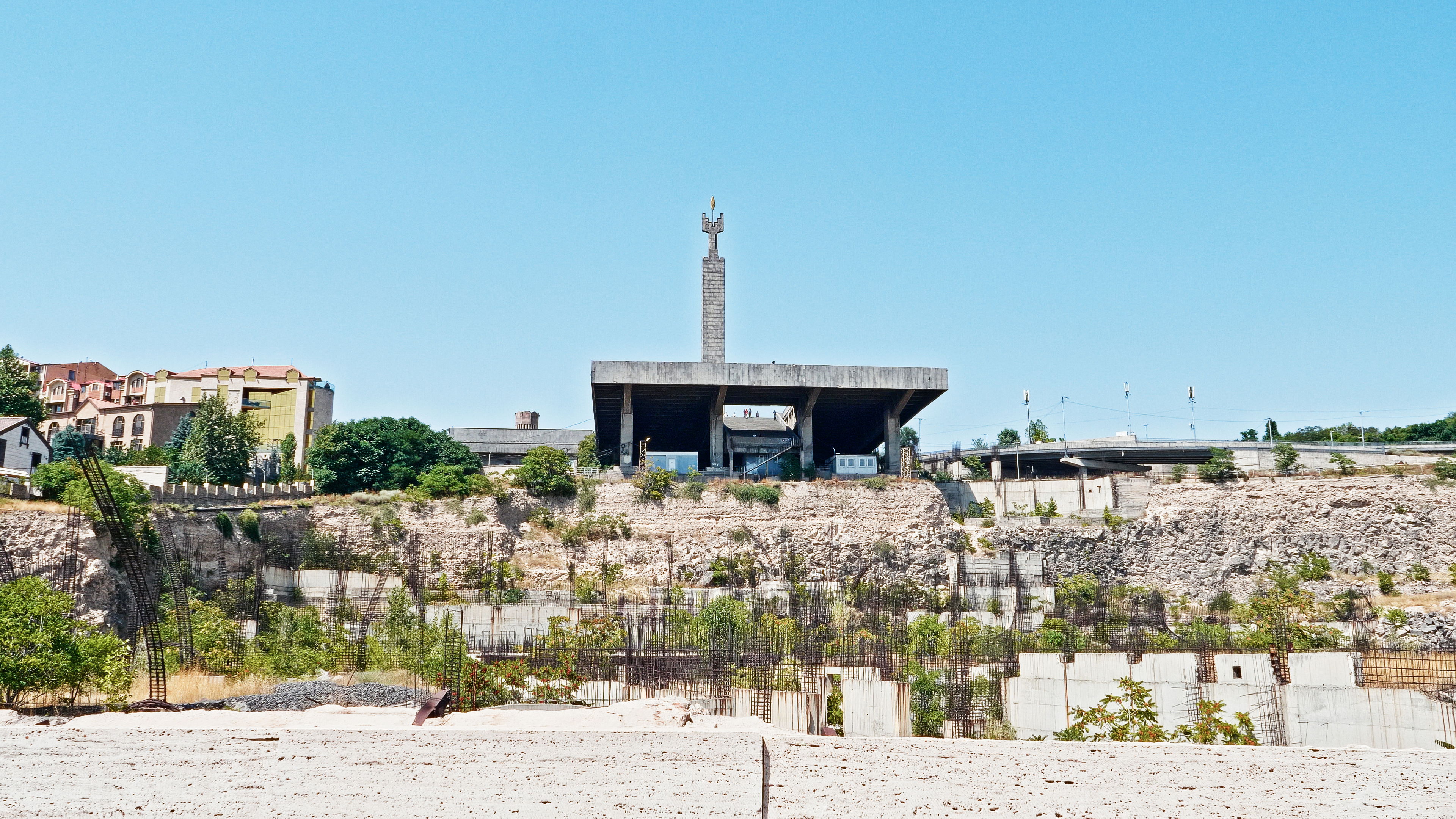
The original 1980s construction was halted by the 1988 earthquake and the collapse of the Soviet Union. As you ascend, notice the gap at the top—a stark reminder of that unfinished past. This space was meant to be a grand museum and has been left as a concrete skeleton for decades.
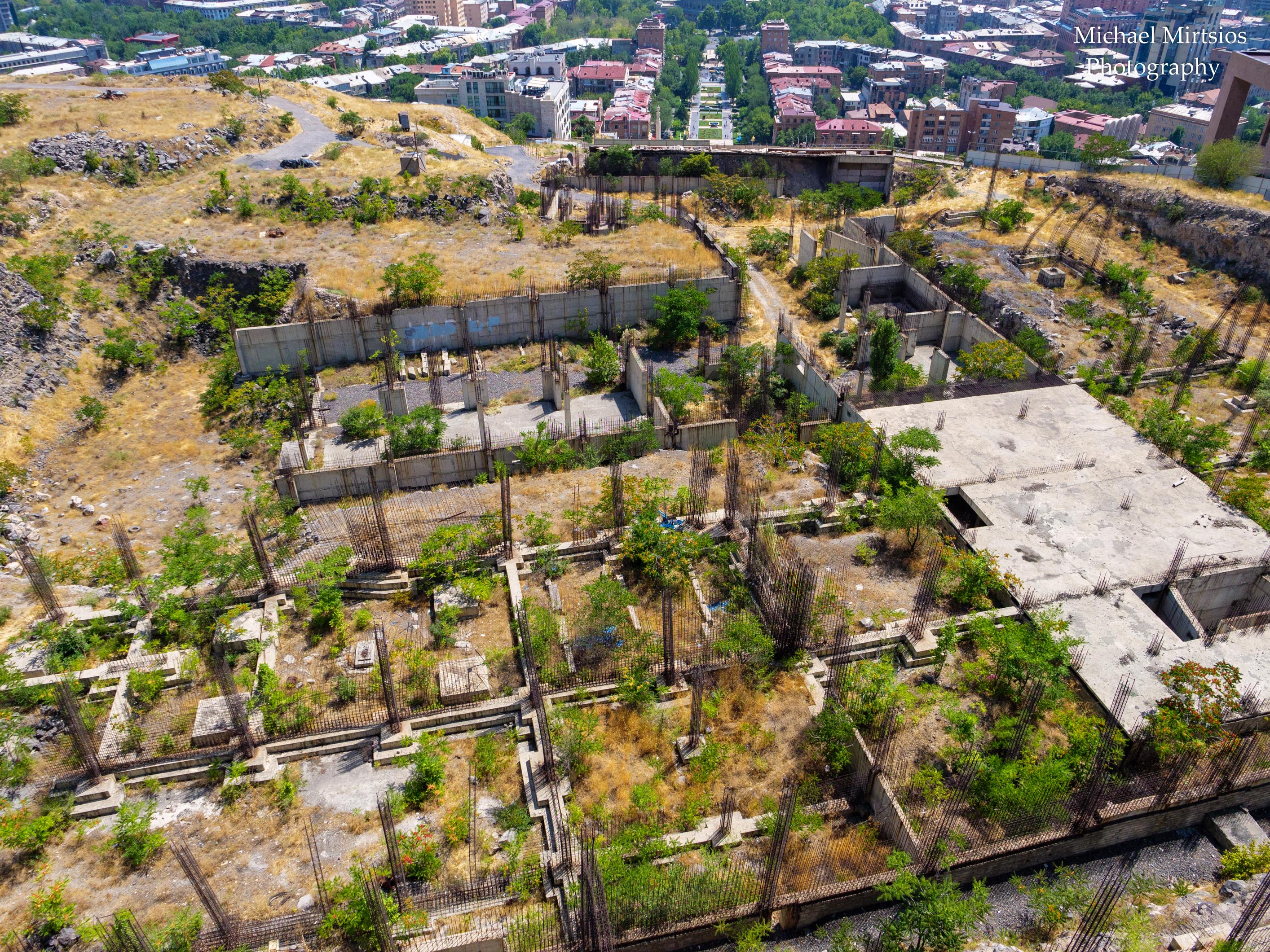

The peak of Yerevan's Cascade Complex features a monument dedicated to the 50th anniversary of Soviet Armenia, which symbolizes the nation's revival after centuries without statehood. This obelisk, called "Revived Armenia," is decorated with ancient Urartu symbols and a sun disk, an Armenian symbol of eternity.
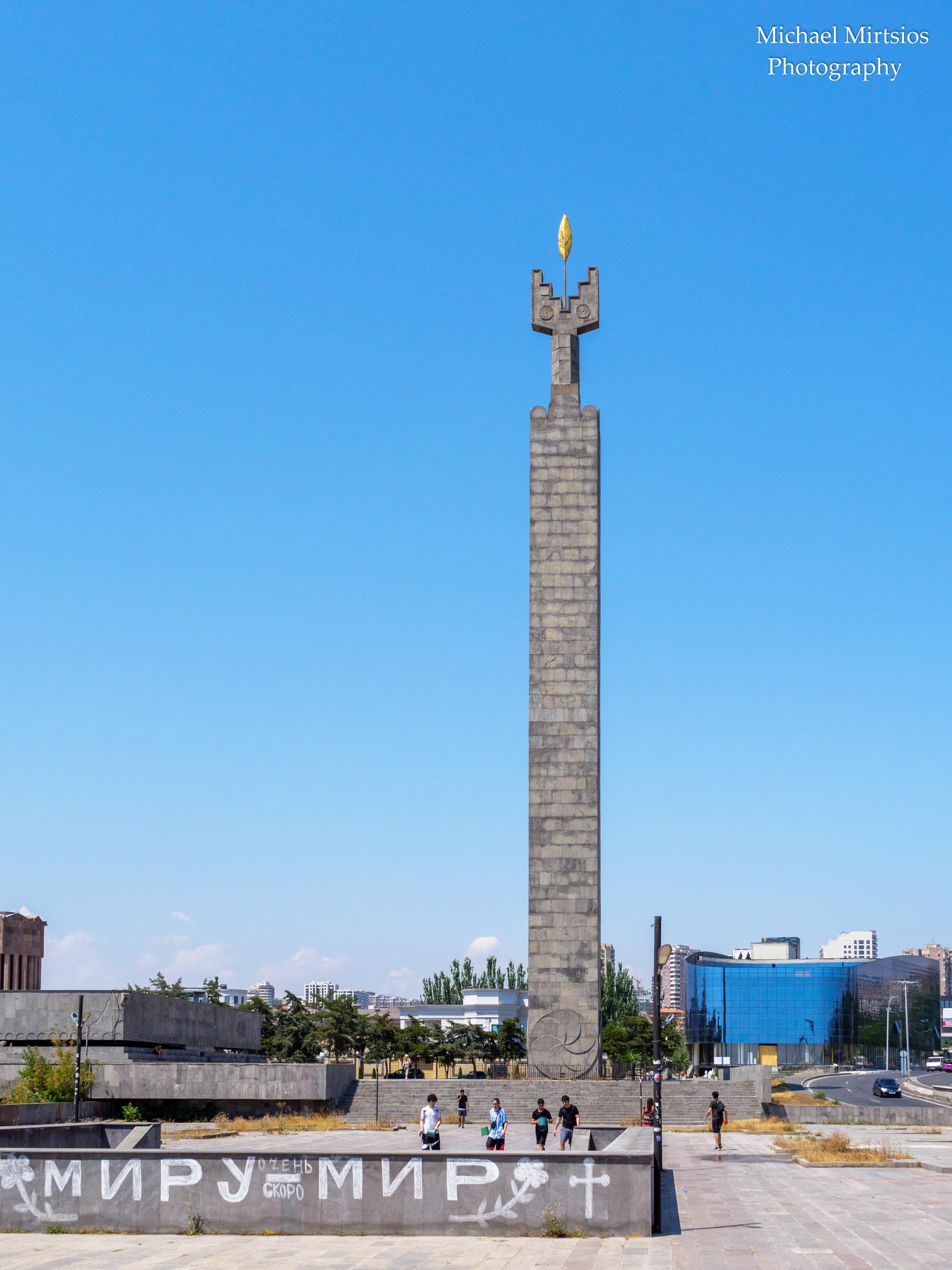
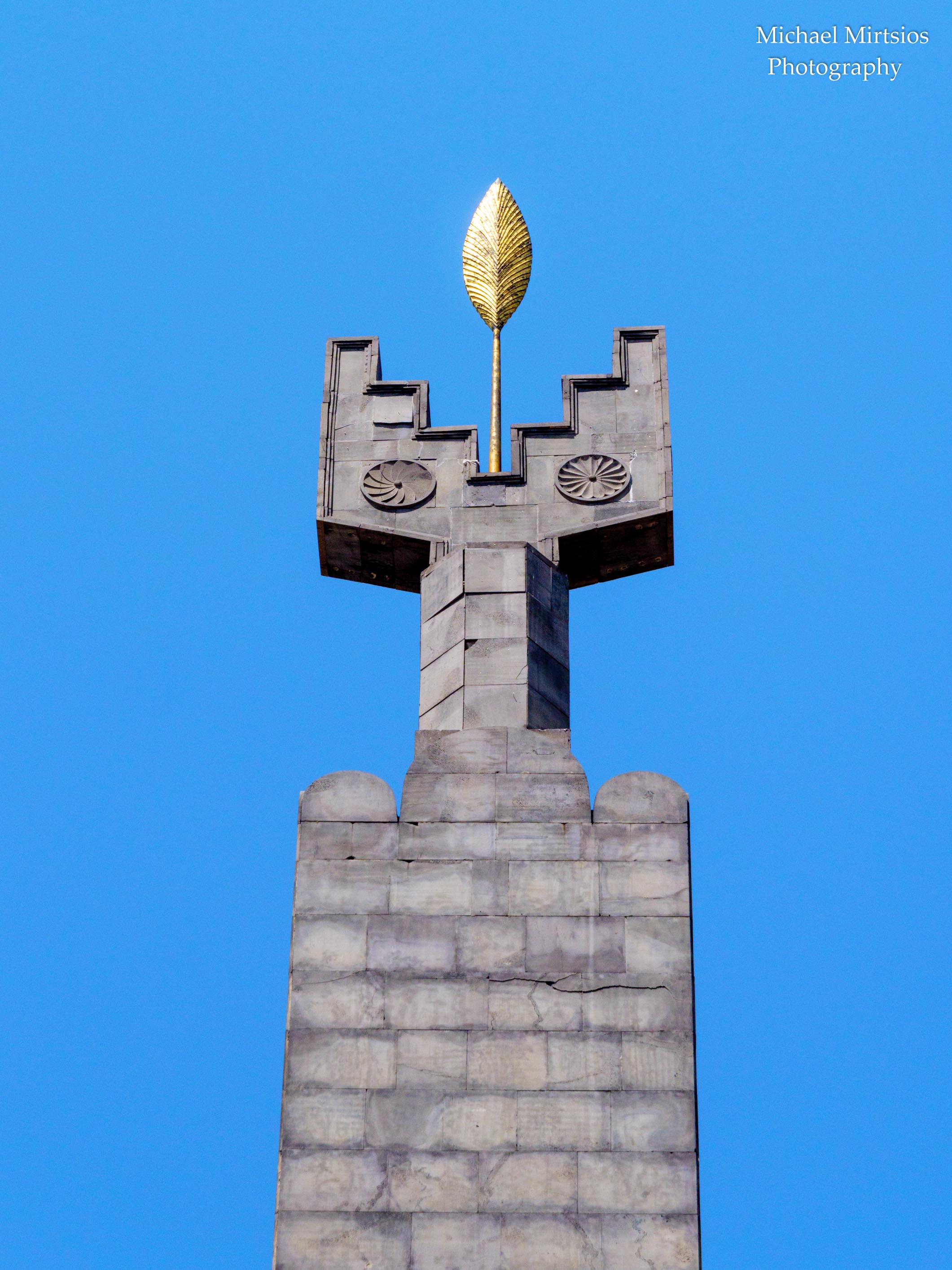
From this point, you can also access Victory Park, which houses the Mother Armenia statue.
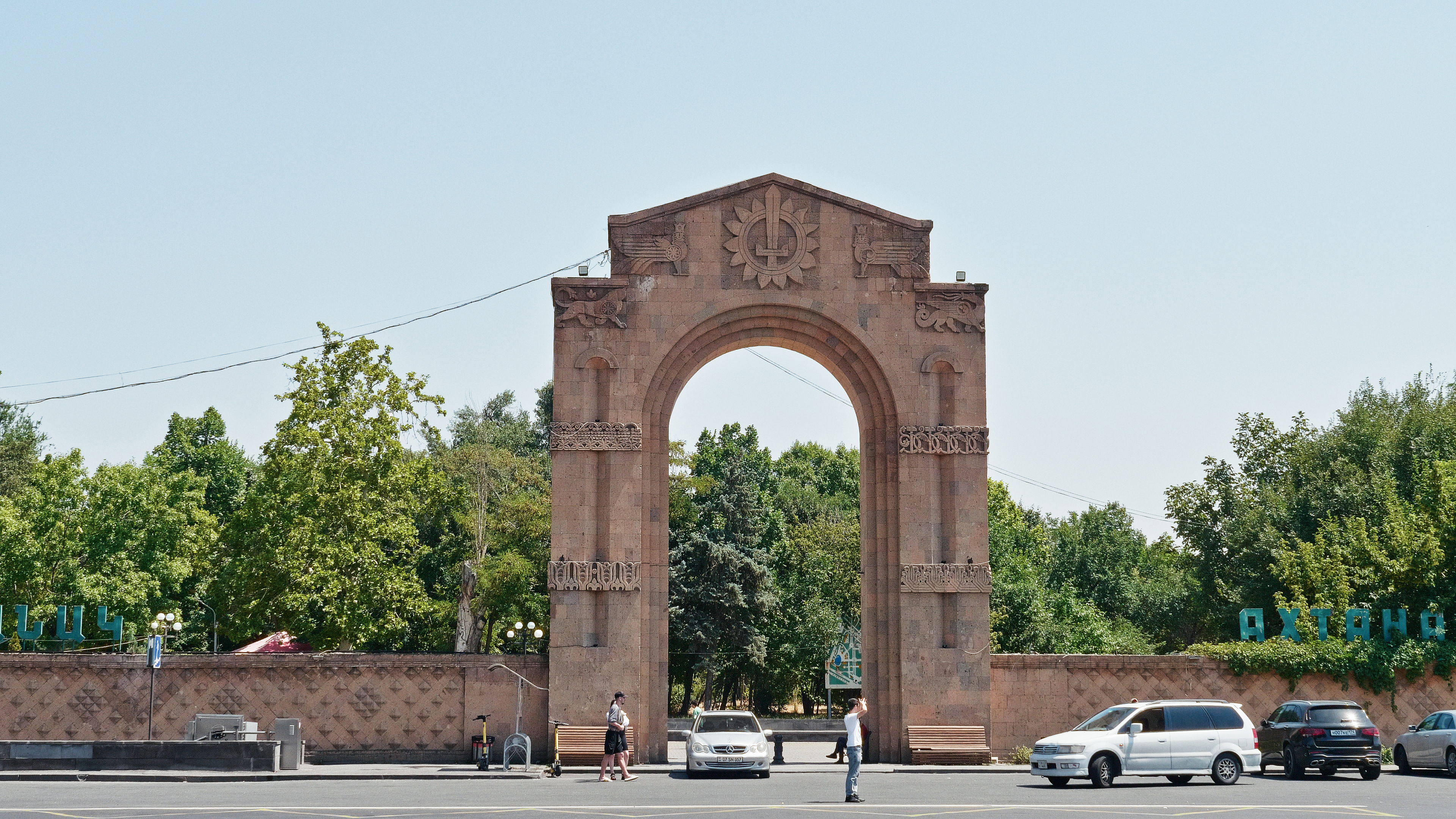
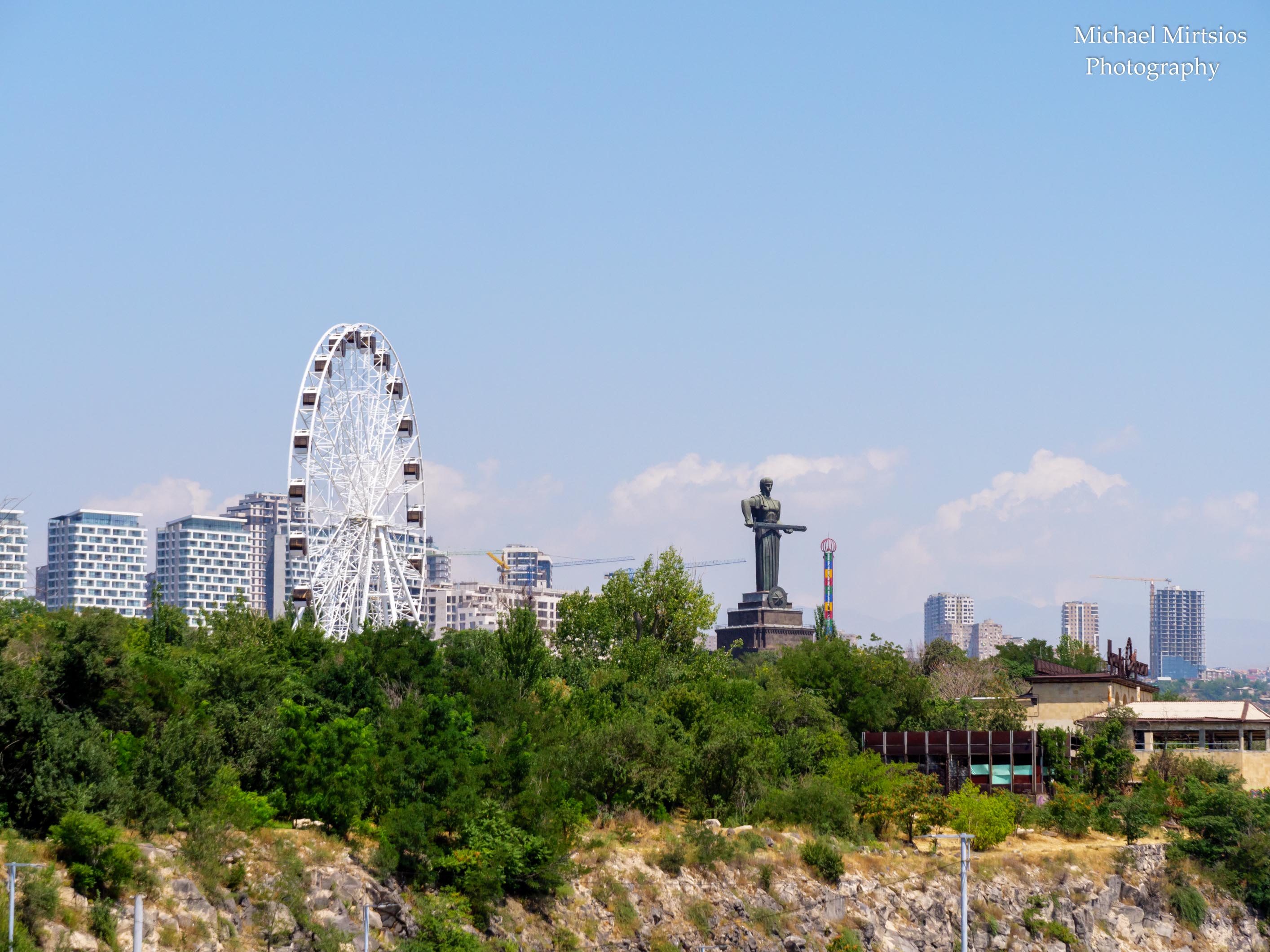
Yerevan's Cascade Complex is a testament to the city's journey from a difficult past to its vibrant present.
